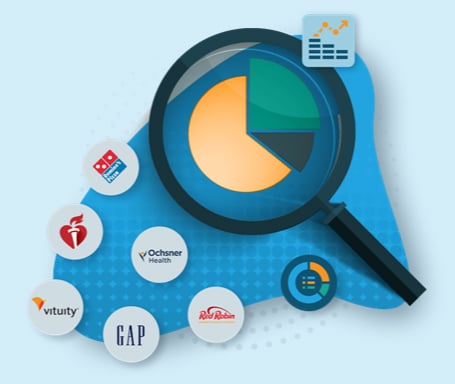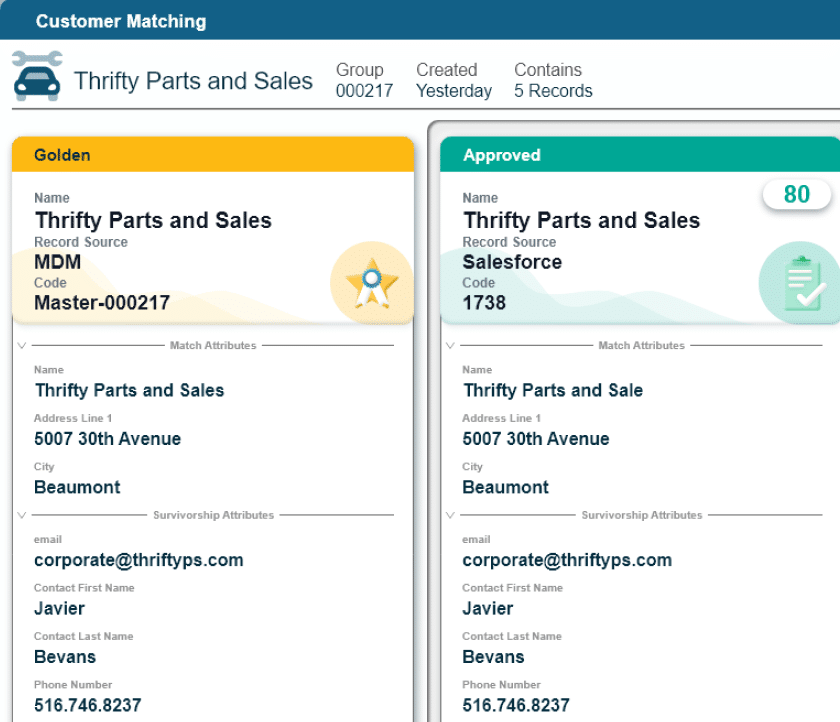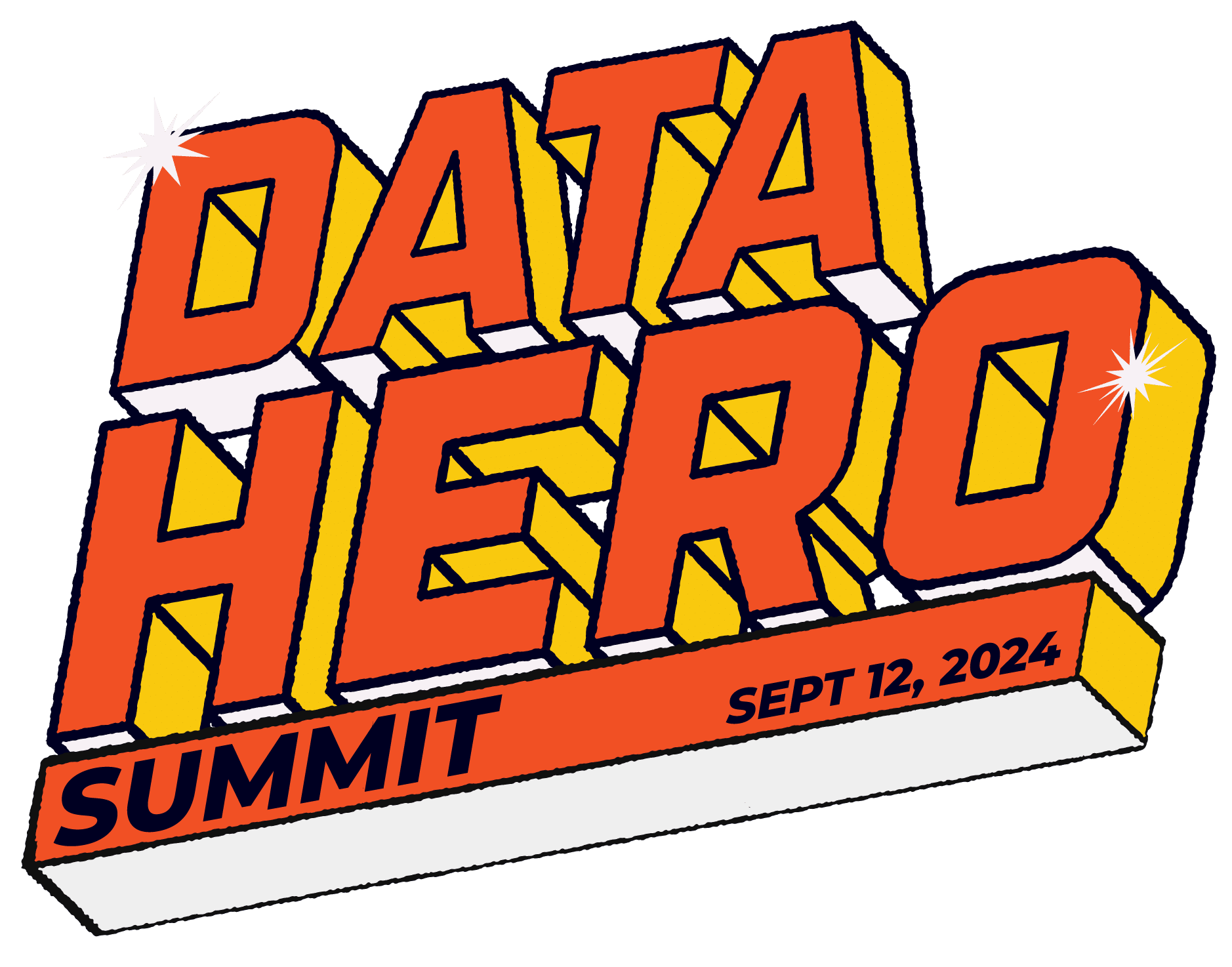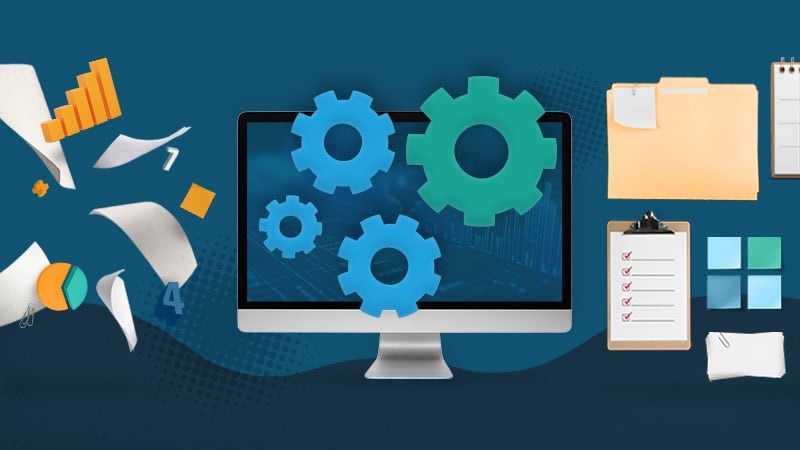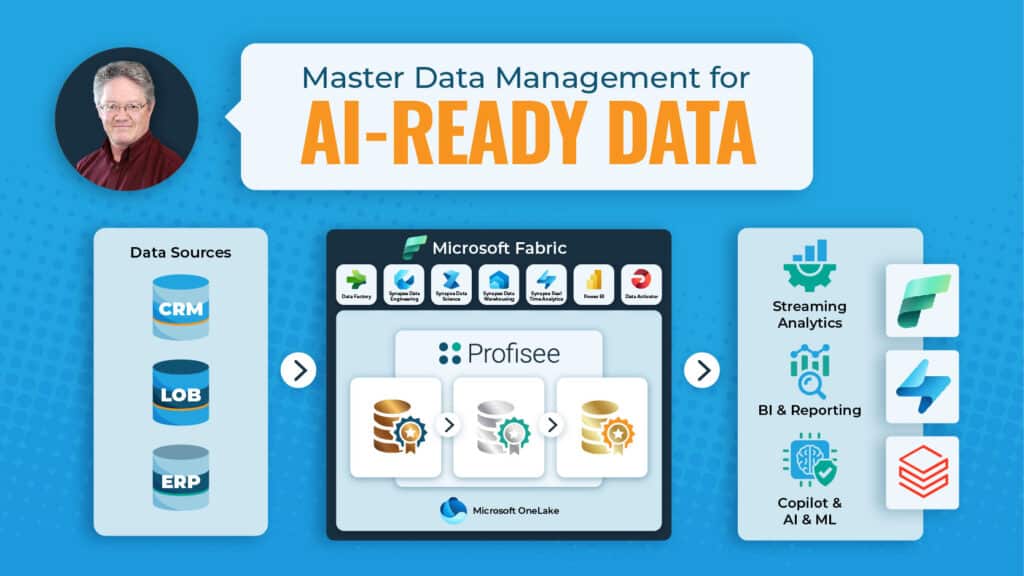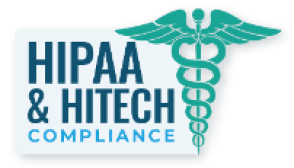In this three-part blog series, we dive into each component of the Definitive Guide to MDM Strategy. See the individual parts below:
6 key pillars for a successful MDM implementation:
Technology
Given how technology-centric MDM projects tend to be, it might be surprising that technology doesn’t come into play until the fifth pillar. But in an ideal world, organizations would spend time upfront going through governance, getting their organization in place and starting to discuss current and future state processes and standards before they evaluate or adopt any technology.
Far too often, organizations will decide to introduce MDM and buy software immediately. In doing so, they jump in without going through important prerequisite pillars of an effective MDM strategy. When that happens, it creates a situation where stakeholders have a list of features they want the software to include, but no firm business case for needing those features. This situation often leaves organizations chasing features they don’t really need or missing out on critical features they do need to support their processes and standards.
Why is Technology Important?
Technology is obviously an important part of an effective MDM strategy, because you can’t solve large scale data management problems efficiently with pen and paper or even with spreadsheets and documents. You need technology to automate and bring intelligence to your data management program.
What is the Objective of Technology?
The objective of MDM technology is to help satisfy the requirements you’ve laid out for your MDM program, all while adhering to your processes and standards.
And that’s exactly why technology shouldn’t come into the picture until later on. Because there’s no way you can properly evaluate technology if you don’t what problem you’re trying to solve or the requirements for solving it.
Mapping the features of MDM technology to the use cases you need is a relatively easy exercise if you’ve gone through the previous four pillars. But if you haven’t gone through those pillars, then you’ll struggle to have a meaningful discussion about what technology you need. In turn, that makes it much more likely that the system will look like a burden, because you’ll essentially be putting it on top of the workload that you already have in place. In contrast, if you’ve gone through the previous pillars and can seamlessly integrate MDM technology into the new workload and the standards that you’re introducing, your job will be much easier.
Facebook
Twitter
LinkedIn

Eric Melcher
Eric has spent the entirety of his 15+ year career working in the enterprise information management space. As Chief Technology Officer, Eric is responsible for all aspects of product management, development and support for Profisee’s software portfolio.
